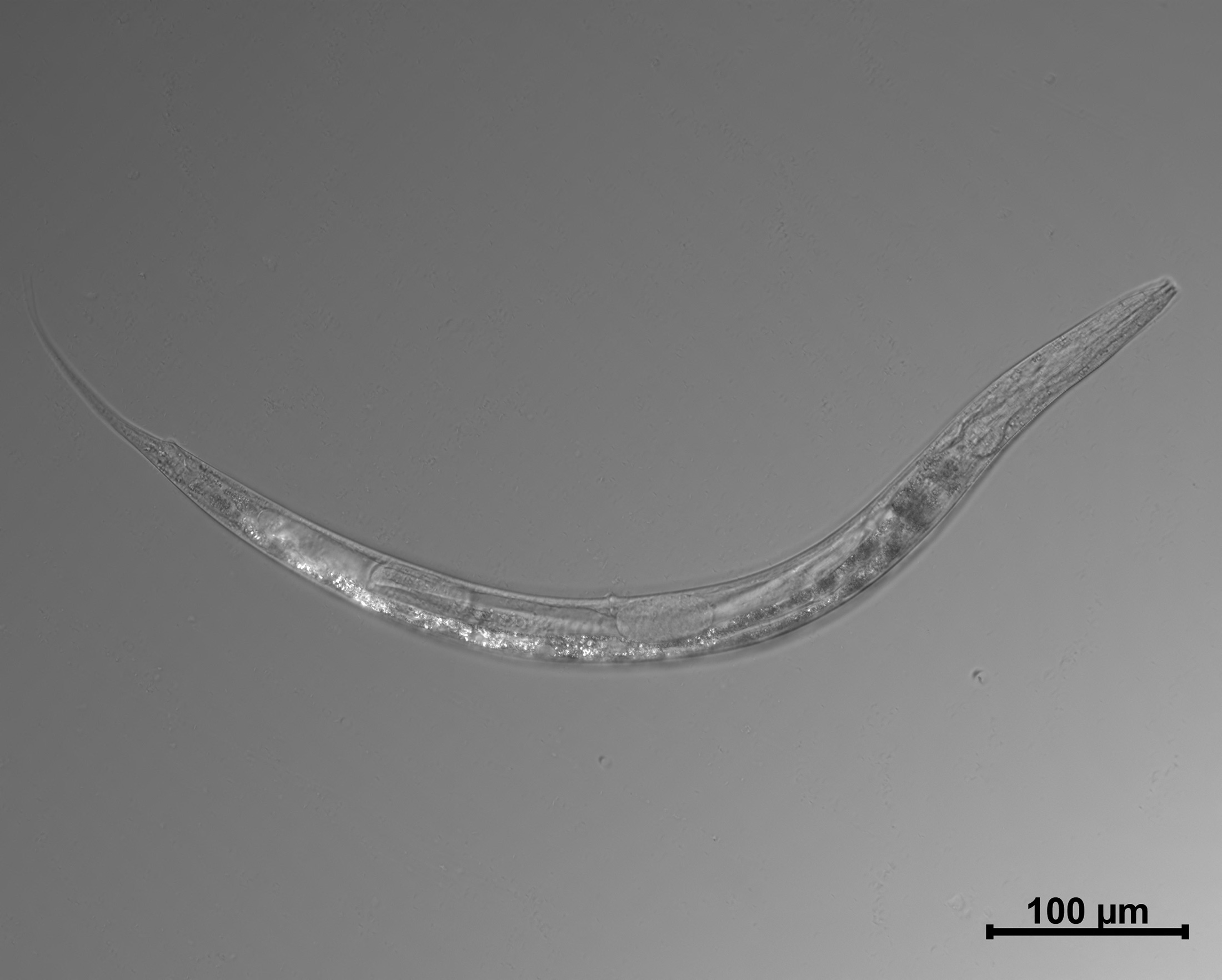This Worm Has Three Sexes

Credit to Author: Maddie Bender| Date: Thu, 26 Sep 2019 16:06:25 +0000
There are 60 billion nematodes for every human living on Earth. With that amount of worms, you’re bound to get some interesting examples, such as a new species discovered by scientists that has three sexes, carries its young internally like a kangaroo, and can withstand 500 times the lethal dose of arsenic for a human.
The group from Caltech published their findings on Tuesday in the journal Current Biology. According to the study, Mono Lake in California—previously thought to contain only two animal species, a fly and a brine shrimp—is home to at least eight species of nematode worm, including the three-sexed worm that the authors say is a new species.
“This worm is bizarre, even for worms,” said James S. Lee, a co-author of the study who is now a postdoctoral researcher at Rockefeller University.
All eight species of worms are considered “extremophiles” because they can survive in harsh conditions that most other life forms cannot. Other extremophiles include tardigrades (the cuddly microscopic "water bears" that humanity spilled on the moon) and Pompeii worms, which are only found near deep sea hydrothermal vents that can get as hot as 176º F.
Scientists have only been able to culture a few extremophiles in laboratory settings because they tend not to do well when grown in non-extreme conditions, Lee said. Luckily the scientists at Caltech were able to grow one of the species they found in Mono Lake, and what they found was out of the ordinary.
The worm has multiple reproductive organs on its body, with some members possessing male or female parts exclusively, and others with both—a rarity for a single species. Not only that, but it hatches its young within its uterus and keeps them safe inside its body before live-birthing them later. In contrast, most nematodes lay their eggs and leave. Lee said he and the other authors believe the worm births this way to shelter its young before they “go out and face the harsh world” of Mono Lake, which is known for its high levels of arsenic.
“The cherry on top of all of that is that it can survive 500 the human lethal dose of arsenic, which is quite fantastic,” Lee said.
He said that when the researchers tested this ability in the lab, they expected to see the worms die off as the concentration of the lethal chemical was increased, but they didn’t. To make sure the arsenic was working, they also cultured run-of-the-mill nematodes, which died off at the expected rates.
“That was a sign that our arsenic was working, but our worms were working even harder," Lee said.
In the study, researchers compared the genome of the worm to its relatives to try and figure out where its unique traits might have come from. They found that two relatives from France and Germany shared the ability to resist arsenic, even though they were not from environments with high arsenic levels. This led the group to believe that the worm ancestors that first came to Mono Lake already had some potential for arsenic resistance, Lee said, and their ability was honed over time.
While they are the most abundant animals on the planet, nematodes comprise only around 1,000 cells each. (A human, by comparison, has 37.2 trillion cells.) In many ways, though, humans should be looking up to these worms, Lee said.
“They’ve got a tremendous amount to teach us about how to survive on this planet in some of the most harsh desolate regions, and they do it all with such a limited toolkit.”